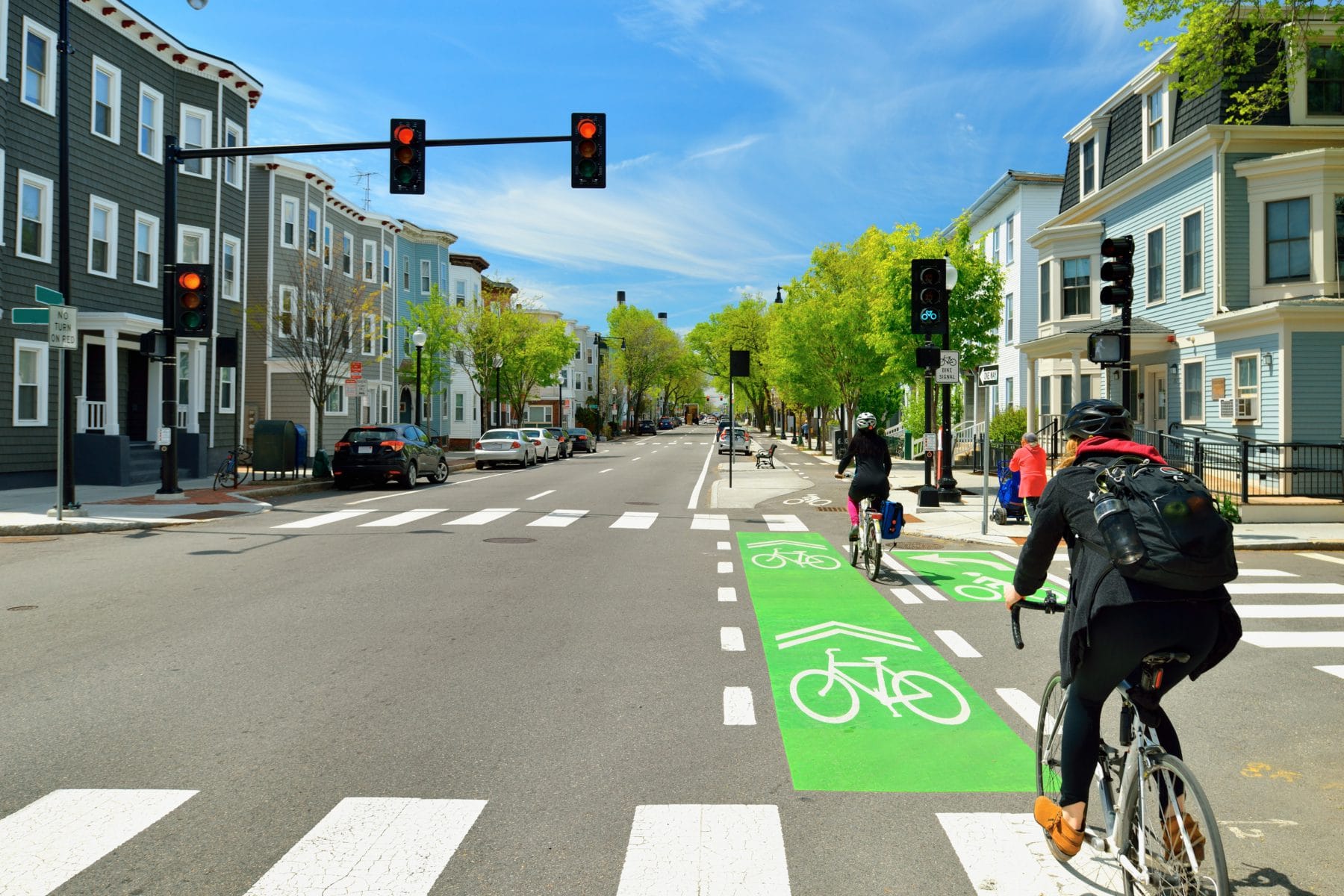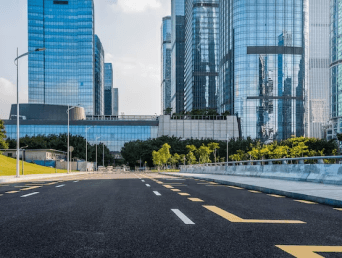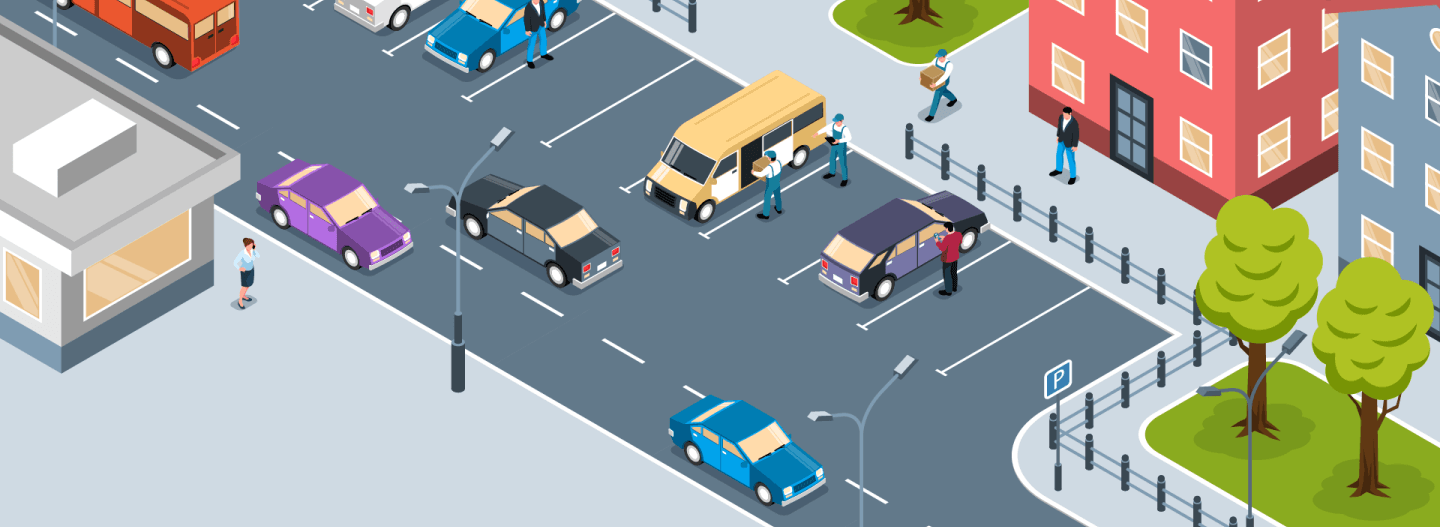
Complete streets
What does a Complete Street look like?
Complete Streets is a design approach that adapts to the unique needs of each community rather than adhering to a single design formula.
Structure of a Complete Street
Complete Streets is a process and approach, not just a product or a single type of street.
Typical elements that make up a Complete Street include:

- Sidewalks
- Bicycle lanes (or wide, paved shoulders)
- Shared-use paths
- Designated bus lanes
- Safe and accessible transit stops
- Frequent and safe crossings for pedestrians, including median islands
- Comfortable and accessible public transportation stops
- Accessible pedestrian signals
- Curb extensions
- Narrower travel lanes
- Roundabouts
- and more

Policies
Over 1,700 Complete Streets policies have been passed in the United States, including those adopted by 35 state governments, the Commonwealth of Puerto Rico, and the District of Columbia.
Complete Streets in context

Michigan Municipal League

San Francisco Bike Coalition

Graham Coreil-Allen in Baltimore, MD

City of Erwin, TN
Join the Movement
The National Complete Streets Coalition is a broad collection of advocates and transportation professionals working to enact Complete Streets policies across the country. Joining as a Coalition Partner, an Individual Partner, or a Non-Profit Partner is easy.
